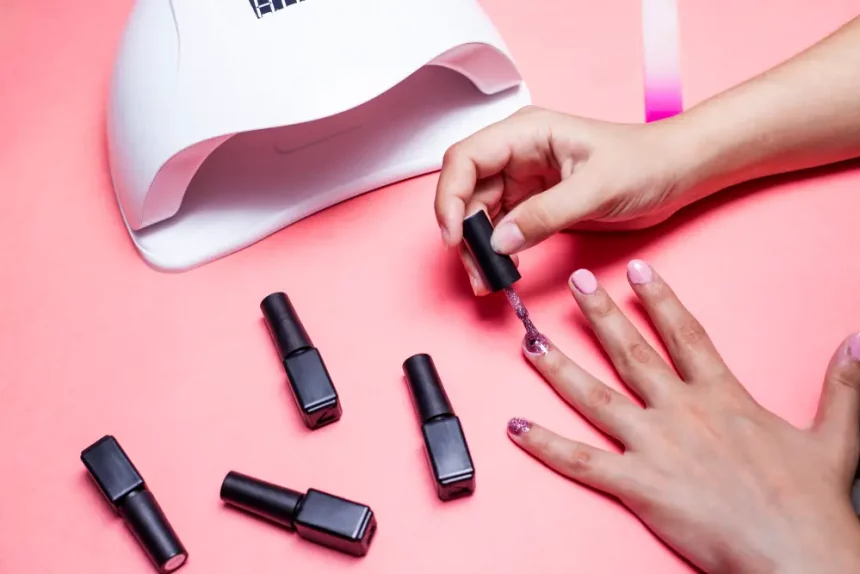In today’s world, where beauty rituals and enhancements have become a part of our daily lives, the pursuit of lasting aesthetics may sometimes lead us to overlook potential health risks. Among the many tools and practices used to achieve beauty, UV nail dryers are a popular choice for achieving the perfect gel manicure. Its durability and shine are highly prized. However, recent research from the University of California San Diego raises concerns about the use of these devices and their potential health risks due to UV light exposure.
The research conducted by UC San Diego revealed that UV light from nail dryers may not be as safe as previously thought. The study found evidence of DNA damage and an increased mutation rate in cell lines exposed to UV light. This calls into question the safety of these devices and prompts us to reconsider the potential health risks of using them. This article takes an in-depth look at the research findings, exploring the implications of UV nail dryers on our health and urging us to reevaluate the price we might be paying for beauty.
The heart of the issue lies in the UV nail dryers, which utilize a specific range of UV light to cure gel manicures. The UV light used for this purpose is slightly different from that used in tanning beds, which is known to be carcinogenic. However, the assumption that the UV light used in nail dryers is safe has been challenged by the results of the research conducted by the UC San Diego team.
The team exposed three different cell lines to UV light from nail dryers and found alarming results. Even a single 20-minute session under a UV nail dryer resulted in significant cell death and DNA damage. The damage was not only immediate but also had long-term implications, with mutations accumulating over time. This discovery has profound implications for the millions of individuals who regularly use these devices, challenging the narrative of harmlessness associated with them.
The potential risks of UV nail dryers were further highlighted by personal testimony from a key contributor to the study, Maria Zhivagui. Maria’s experience as a fan of gel manicures turned into a staunch advocate against their use after witnessing the cellular damage caused by UV dryers. Her story underscores the often overlooked truth that cosmetic enhancements can sometimes blind us to their potential hazards. This section humanizes the study’s findings, making them relatable and illustrating the real-world impact of the research.
In light of these findings, it’s crucial to consider safer alternatives and practices for manicures. Some tips include opting for LED dryers, applying sunscreen, wearing protective gloves, limiting the frequency of gel manicures, and exploring non-UV gel polish options. By incorporating these practices into your beauty routine, you can enjoy the benefits of a gel manicure while protecting your well-being.
This research challenges the beauty industry and consumers to reevaluate the safety of gel manicures and serves as a reminder that behind every scientific study are real people making real decisions about their health and beauty routines. It urges a reevaluation of the trade-offs between aesthetics and health and highlights the importance of personal stories in shaping our understanding of health risks.






